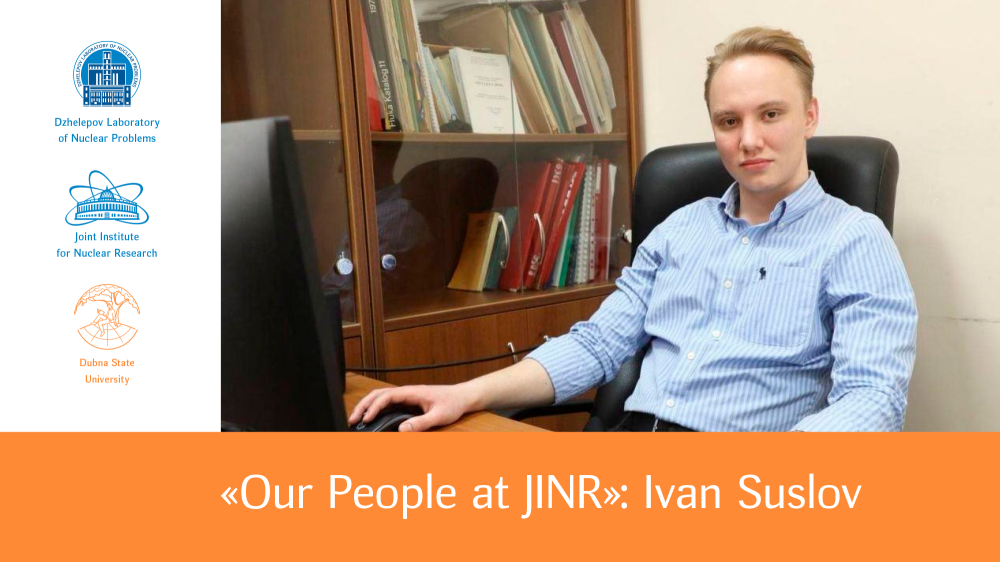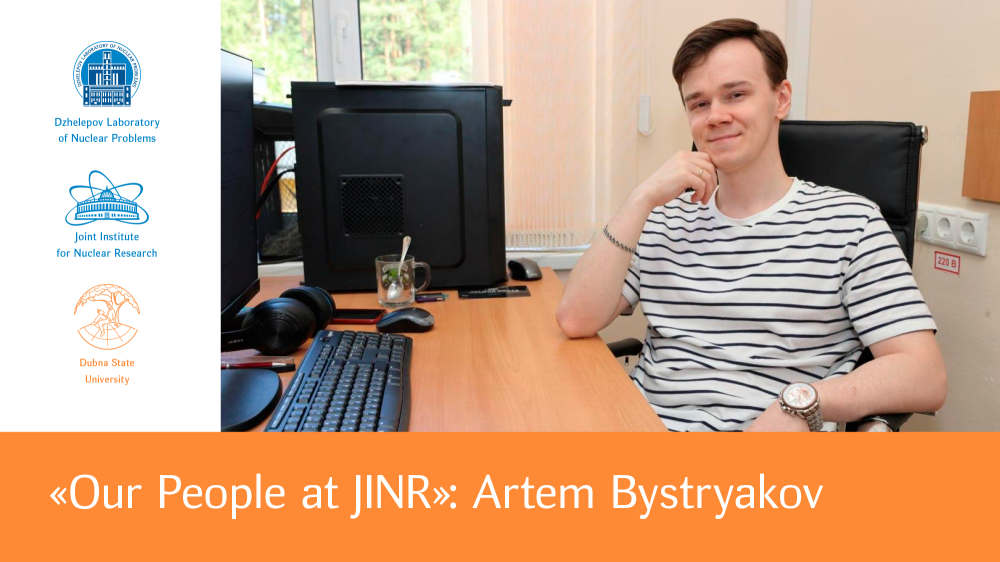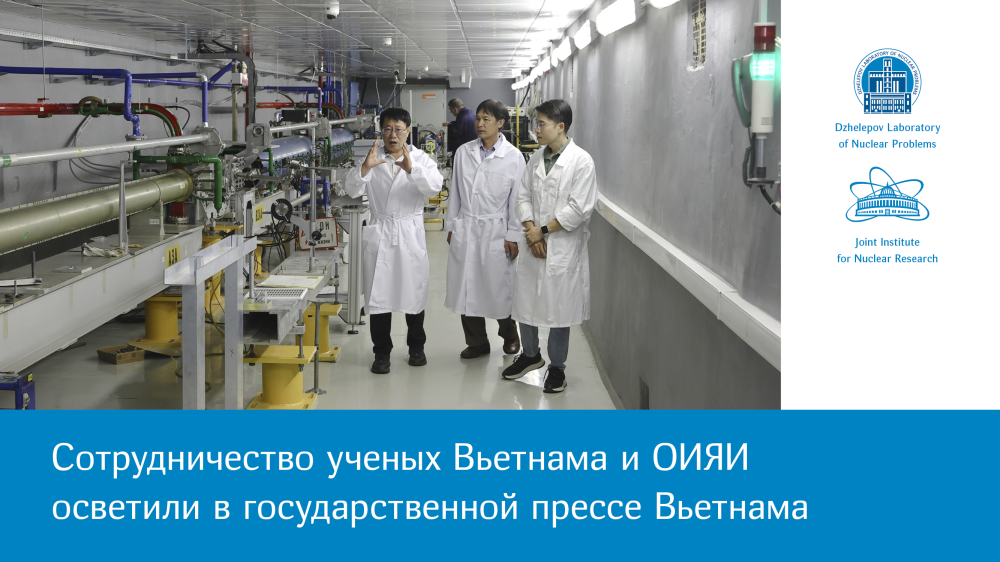“Science and Life”: Extreme Bacteria from Neutrino Observatory
The January issue (No 01, 2023) of the popular science journal “Nauka i Zhizn” (“Science and Life”) published the article by Elena Vladimirovna Kravchenko, Candidate of Biology, the head of the DLNP Sector of Molecular Genetics of the Cell, about the discovery of a new species of extremophile bacteria in groundwater of one of the tunnels of the Baksan Neutrino Observatory (INR of RAS).
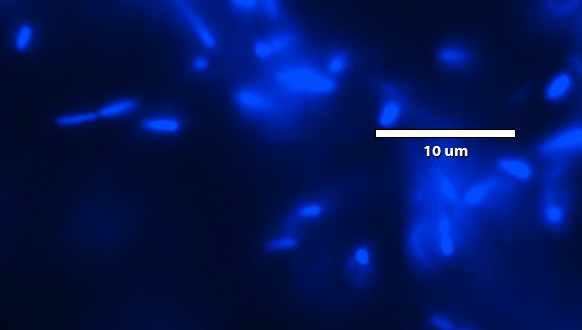
Scientists from the Joint Institute for Nuclear Research, along with their colleagues from the Institute for Nuclear Research of RAS, have found a new species of extremophile bacteria capable of withstanding high concentrations of heavy metals. We talked to Elena Kravchenko, Candidate of Biology, the head of the Sector of Molecular Genetics of the Cell of the Dzhelepov Laboratory of Nuclear Problems of JINR, about what these organisms are, how they were found and how science can benefit from them.
 Photo of the pure strain Cytobacillus pseudoceanisediminis sp. nov. isolated from groundwater of the Baksan Neutrino Observatory | Photograph courtesy of Elena Kravchenko
Photo of the pure strain Cytobacillus pseudoceanisediminis sp. nov. isolated from groundwater of the Baksan Neutrino Observatory | Photograph courtesy of Elena Kravchenko
– Elena, who was the first to suggest the idea to investigate groundwater of the Baksan Neutrino Observatory?
– At that time, we conducted another experiment there. There is a low-background laboratory at the observatory under the Andyrchi mountain, four kilometers away from the entrance, where the larger part of natural radiation background is shielded. We investigated whether reduction of natural radiation background usual for us all has any impact on living organisms. This was the way we came to be there. And then it turned out that right behind this laboratory there is an unused part of the tunnel of the Baksan Neutrino Observatory (BNO), and it looks really fabulous.
– Like New Athos Cave?
– Even more amazing. It turned out that at the very end of the tunnel there is a hot lake with a mineralized spring flowing out of it.
– And you as a biologist could not leave it unobserved.
– Of course, how could I? It is an extreme place for life, and we understood that if there is, by miracle, some life there, it should be very interesting and specific. Our next expedition was devoted to it. We brought a lot of tools with us and collected in sterile conditions various samples from the spring, walls and things hanging down. This all was frozen, transported to JINR, and we started sowing the samples on special nutrient media trying to grow up what could inhabit the BNO spring. We succeeded with one of the samples − we managed to grow a bacterium. A corresponding paper was published.
– What is so special about this bacterium that you have devoted a whole paper to it?
– A distinctive feature of all microorganisms inhabiting this subterranean ecosystem is that they live in pitch darkness, in high-salinity water, at high temperature. Photosynthesis is impossible there, and it is still quite obscure from where they take energy for their vital activity. Most likely, from oxidation of methane and of sulphur compounds. There are inorganic sediments everywhere and no organics, but anyhow this bacterium managed to adapt to the environment and lives well there.
 Unused part of the tunnel of the Baksan Neutrino Observatory (BNO) with the groundwater sampling site | Photograph courtesy of Elena Kravchenko
Unused part of the tunnel of the Baksan Neutrino Observatory (BNO) with the groundwater sampling site | Photograph courtesy of Elena Kravchenko
After the investigation, the bacterium was assigned to a new species Cytobacillus pseudoceanisediminis. A large number of genes responsible for metal resistance were identified in the genome. The sowing on media which contain a line of concentrations of four metals (cadmium, zinc, lead, copper) allowed determining the highest concentrations of these metals at which the bacterium is able to live. It turned out that our finding belongs to the most lead-tolerant microorganisms known at present. In addition, genes of enzymes responsible for using C1 compounds in metabolism were found. What is more, this bacterium can split substrates, such as methanol and formaldehyde, toxic to many other living things in order to get energy.
– Is there any way to use this feature for the benefit of people?
– There is. It can be of value for recovering biomass using inexpensive carbon sources. On the whole, the Elbrus region is attractive thanks to many salts in water and soil, e.g., there is an industrial complex for mining and dressing of molybdenum and tungsten ore near the observatory. We analyzed the water from the BNO spring – it contains lead, copper, cadmium and other heavy metals. The bacterium we examined was able to evolve many special mechanisms to pump these metals out, adsorb them or turn them into nanoparticles.
– What kind of mechanisms are they?
– They are genetic mechanisms in the course of which the bacterium synthesizes special proteins, e.g., those which efficiently pump cadmium ions out of the cell. Using this feature could be a good starting point for developing a biosensor from the bacterium. That means that the bacterium can signal the appearance of some heavy metals in water or soil by reacting to it. The bacterium can be provided with a fluorescent protein which will glow at the moment a dangerous element is detected.
– Is it possible to use this bacterium for purifying different media from heavy metals?
– Right now, we are conducting a series of experiments to find this out. There are purifying mechanisms based on adsorption. A bacterial cell, in order to survive the pollution with heavy metals, adsorbs on its outer shell toxic substances, e.g., copper salts. Therefore, they do not penetrate inside the cell, and it continues its normal functioning. As a result, the bacteria which absorb, like filters, all the inorganics can be deposited on the bottom of a tank or container, and the water will be purified rather well.
Now, a similar method of purification is employed at water purification plants using different bacteria. The strength of the Baksan extremophile bacterium lies in its high resistance to heavy metals. Subsequently, its potential in purifying heavily polluted industrial waters is much higher than that of previously known bacteria.
– Is this bacterium an endemic or is found anywhere else?
– Exactly this bacterium is not an endemic. We know that it can be found in other places. We have performed a metagenomic analysis of the whole microbial community from the BNO spring and found out that there are new endemic bacteria in samples both at the level of species and genus. No one observed them anywhere or described them, they cannot be found in any data sets. Now we are describing all this fascinating microbial community with great interest.
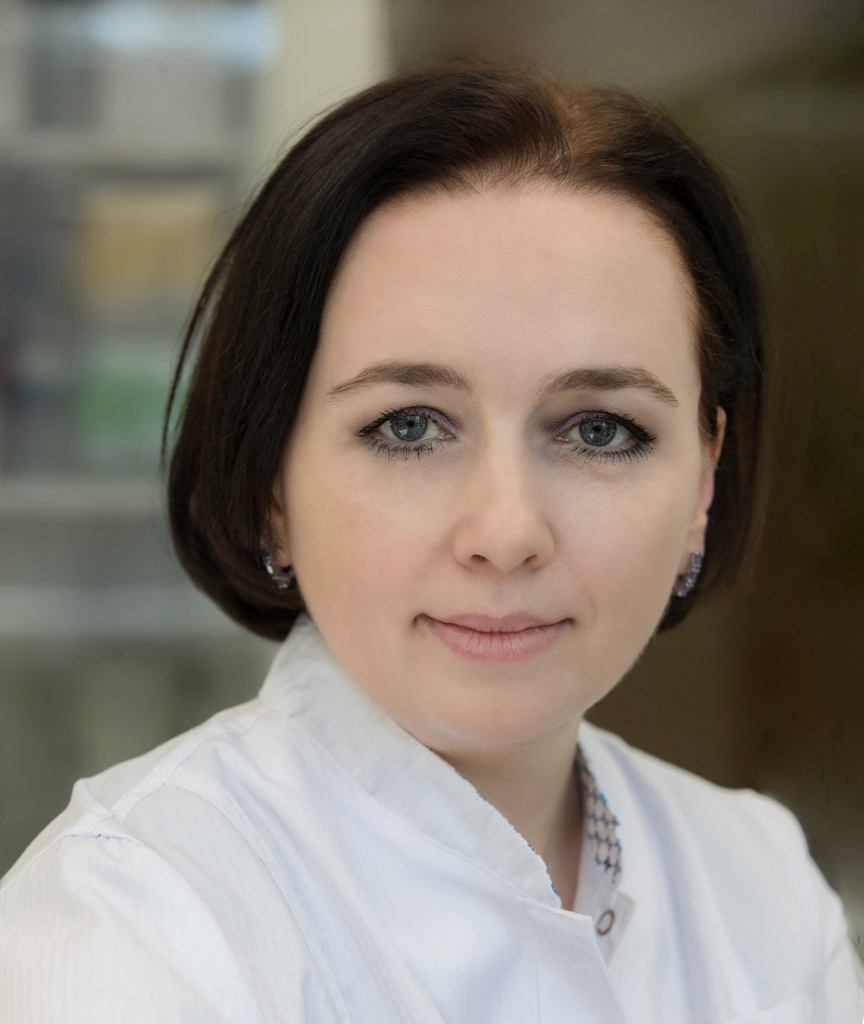 Elena Kravchenko, Candidate of Biology, head of the Sector of Molecular Genetics of the Cell of the Dzhelepov Laboratory of Nuclear Problems of JINR | Photo from the personal archive
Elena Kravchenko, Candidate of Biology, head of the Sector of Molecular Genetics of the Cell of the Dzhelepov Laboratory of Nuclear Problems of JINR | Photo from the personal archive
– Every year scientists expand the range of possibilities of existence of life. Not so far back, it was considered that there is no life in a throat of an active volcano or glaciers. Now it is obvious that it is not the case. Do you think that there are any environments where no life exists and will never do?
– You are right, living organisms are found everywhere — on the bottom of the Mariana Trench, in mud volcanos of Greenland. NASA has a special plane flying at the altitude of several thousand meters above the Earth and fishing out bacteria and mushroom spores there. To find a sterile place on the Earth is a hard work. I believe that melt rocks and sterile rooms with different biosafety levels specially constructed by scientists could be referred to as environments where no life exists.
– Right, only humans can be found there. Do you believe that the bacteria you discovered live only on Earth or they can be met somewhere on Venus?
– I am not sure about Venus but regarding Mars I could judge with some certainty – conditions in the Baksan underground tunnel where we have found new bacteria could be similar to those being hypothesized on Mars deep under its surface. Probably, there is afterheat and water there, and those adaptation mechanisms we observe in bacteria from under the Andyrchi mountain could also evolve in the interior of the Red Planet. After all, there are also satellites of giant planets. And if life could adapt to these uneasy conditions on Earth, why not to do the same in other localities.
On the whole, extremophiles are model objects for astrobiology. Scientists look for conditions on Earth similar to extraterrestrial ones and study local organisms in order to understand a possible life evolution on other planets.
– In the science fiction film Life, scientists find a bacterium in Martian polar caps, defreeze it at the space station, whereupon it starts growing up rapidly and kills all the people. Do you think that there could be a danger for us, e.g., an epidemic of an unknown disease since we disturbed microorganisms living in these caves for thousands of years and nobody still tried to bring them out?
– As a rule, the pathogenic germ−host relationship is rather specific. That is why, it is unlikely that any bacterium without contacting human community for a long time, could evolve efficient means of penetrating into a human organism and using it to reach its goals. The probability to find something pathogenic is much higher in the areas where people lived and died.
In our case, we deal with a microbial community adapted to quite different habitation conditions where there is really no place for humans. What is more, it is rather complicated to grow extremophile bacteria somewhere, even in perfect laboratory conditions – so heavily they depend on many factors of their ecosystem. For instance, of the total Baksan microbial community, we managed to grow only one species of bacteria in the lab, and they are rather demanding. We hope that in future we will also find necessary conditions for other, not less interesting extremophile bacteria from BNO. And surely people will benefit from this a lot.
(The text is reprinted without changes from the portal “Science and Life”.)
Authored by Natalia Leskova
The news is published on the website “Science and Life” on December 29, 2022: https://www.nkj.ru/open/47214/


